The Great Barrier Reef Marine Park Authority recently downgraded the reef outlook from poor to very poor but is the Great Barrier Reef dying? How much of the Great Barrier Reef is left?
Bigger than Japan and the most extensive coral reef system in the world, Australia’s Great Barrier Reef is visited by over two million people every year.
Unfortunately, there’s no doubt it is under pressure, but what’s the real story behind the problem? What are the real threats to the Great Barrier Reef? Is Great Barrier Reef bleaching the cause? Is the Great Barrier Reef dying?
Tourism and Events Queensland brought a marine biologist, a tourism advocate and a scientist together to explain what’s happening on the Great Barrier Reef.
The final session at the Australian Society of Travel Writers Annual Conference 2019 in Cairns, Queensland, was a panel discussion with Dr David Wachenfeld, Chief scientist, Great Barrier Reef Marine Park Authority, Wendy Morris, Chair of Tropical Tourism North Queensland and Master Reef Guide, Dr Glen Burns from Quicksilver Cruises hosted by Shelley Winkel from Tourism and Events Queensland.
Here is what they had to say –

Dr David Wachenfeld, Chief scientist, Great Barrier Reef Marine Park Authority. Image courtesy Tourism & Events Queensland.
Is the Great Barrier Reef dying?
Is it time to pack up our snorkels and fins and leave because of the threats to the Great Barrier Reef? Or is it time to toughen up and work harder to protect this unique ecosystem?
“I think the real elephant in the room is climate change, and it’s the longterm projections around climate change that are the driver of why we’ve said that we’re downgrading the long term, so we’re talking 20 to 30 years, the long term outlook from the reef, from poor to very poor,’ says Dr David Wachenfeld, Chief scientist, Great Barrier Reef Marine Park Authority.
“That’s almost entirely because of the trajectory that climate change is taking. The world heritage area (of the reef) is about 348,000 square kilometres, so it is bigger than two-thirds of the countries on the planet. And it’s not surprising that it’s not all in the same condition.
“There’s a very big difference between saying long term outlook, 20 to 30 years, very poor, driven by climate change.”
Dr Wachenfeld said that it is not surprising that in an area bigger than Italy, that the reef is not all in the same condition.
“Yes, we have seen impacts from climate change. Yes, we could take you to places and show you reefs that are very degraded, and they don’t look particularly great anymore. But that’s just part of this enormous area.
“Equally, there are huge parts of the great barrier reef that look absolutely amazing, and they look as good as they ever did. Even the bits that are damaged are not dead. They have been damaged, for example, they may have lost a lot of their coral, but they’re still alive, and they’re still going through recovery processes.
“As long as we do the right thing and give them a period long enough for recovery, they will come back again. It’s just up to us, how badly do we want to protect the reef for the future?
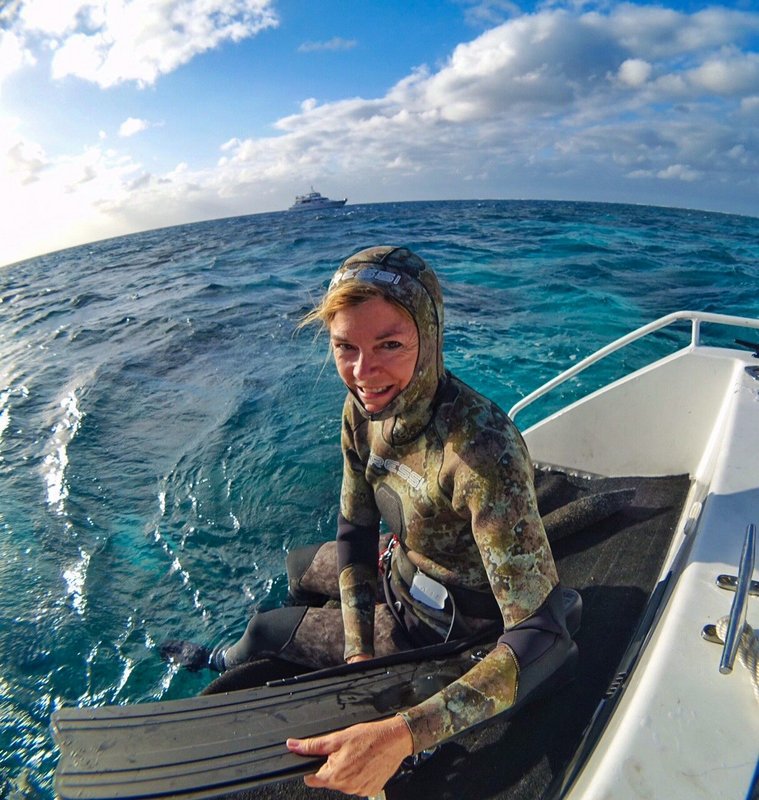
Wendy Morris, Chair of Tropical Tourism North Queensland – Image courtesy Tourism & Events Queensland.
Threats to the Great Barrier Reef
“I completely agree with Dave,” says Wendy Morris, Chair of Tropical Tourism North Queensland.
“This is the time to toughen up, be optimistic because we have actually some really great solutions going forward.
“Every person that visits the reef is helping to support us to understand what’s actually happening out there.”
“One of the things that we’ve noticed, of course, is a change in coral colour,” says Master Reef Guide, Dr Glen Burns from Quicksilver Cruises.
“What we’re looking at now, and this is important for people to realize, is that the reef is actually looking pretty good at the moment. Now we went through some coral bleaching episodes and that kind of stuff, but since then, what we’ve been documenting is the regrowth, the regeneration.
“This gladdens my heart. I take people out there to the reef, and I hear time and time again from international visitors, “Hey Glen, I heard the Great Barrier Reef was dying. And you’ve just taken me up here, and I’ve seen some wonderful coral, I’ve seen some beautiful fish. So, who do I believe?”
“We want people to come and visit the reef because when you’re there yourself, you see this and you can believe your own eyes.
“Coral reefs are amazingly resilient systems. And if we give them that opportunity, they will adapt, they will regenerate. And the Great Barrier Reef will go on.”
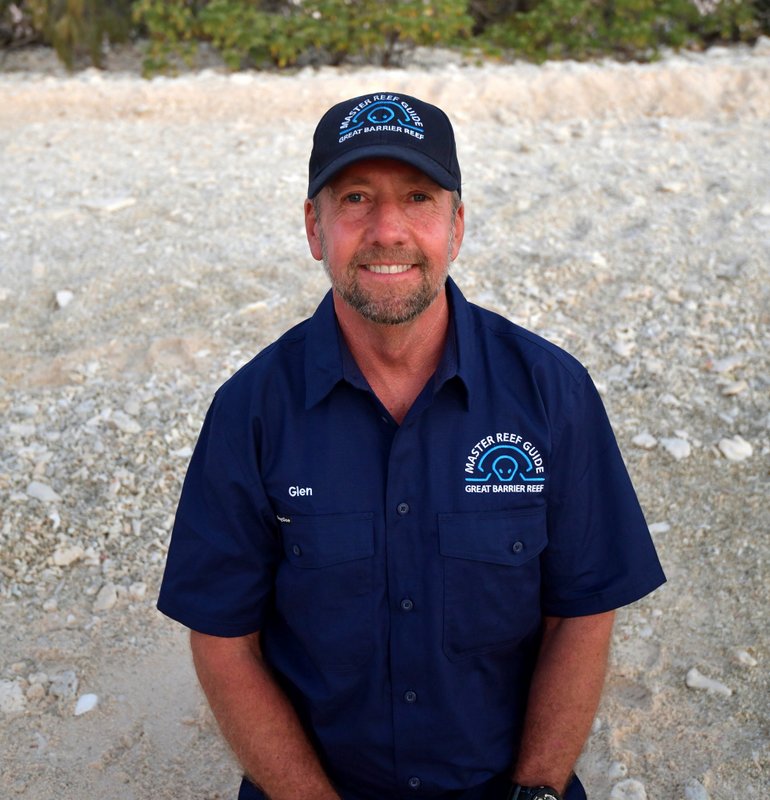
Master Reef Guide, Dr Glen Burns from Quicksilver Cruises (pictured below- Image courtesy Tourism & Events Queensland
Climate change is the number one issue
Why has the Great Barrier Reef become the pin-up for doom for the global issue of climate change? Why do reports say the Great Barrier Reef is dead?
“The reef has been an environmental icon for a very long time, even before it was declared a world heritage area in 1981,” says Dr Wachenfeld.
“It’s also listed as one of the seven natural wonders of the world. Most of the time, anywhere in the world, people do a sort of bucket list public survey. They find that the great barrier reef gets on the top 10 items on people’s bucket lists. Not surprisingly in 2016, when we had a horrendous heatwave, and we had a very large amount of coral die; it was really confronting and very sad. We had an icon under enormous pressure. And it made the global media. And the situation was bad.
“I think the global media made it sound worse than it really was. The same is true of any icon. I mean I don’t normally hear about Notre Dame in the media, but as soon as it caught fire, it was everywhere.
“The media love to tell a negative story about an icon under pressure. I think that’s what we had.”
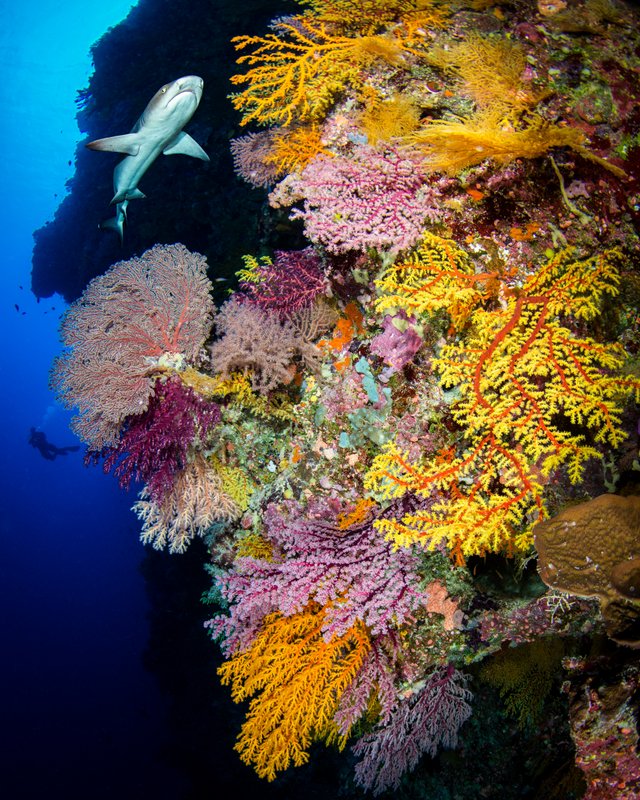
Photo: Great Barrier Reef Tourism and Events Queensland/Lorenzo Ballarin
The biggest threat to the Great Barrier Reef
Dr Wachenfeld says climate change is really the biggest threat to the reefs. Problems with flooding, problems with cyclones are factors, but the biggest issue is the increase in global temperature and the heat waves that that brings.
“There are 29 world heritage areas of the world that have coral reefs, and there’s been a really rigorous technical assessment of all 29. They are all, give or take a little, pretty much equally vulnerable to climate change,” he said.
“On current climate change trajectories, they are all in big trouble in the next 20 years or so. If we follow the most optimistic, most aggressive, reducing greenhouse gas emission scenarios, then almost all of those world heritage areas will be okay.
“It’s just that we’ve got the most famous one. We’ve got the one where Nemo was born, so everyone in the world has heard of the Great Barrier Reef. Every media outlet wants to pay attention to the Great Barrier Reef. If good things are happening, that’s awesome, but when bad things are happening, we get that attention too.
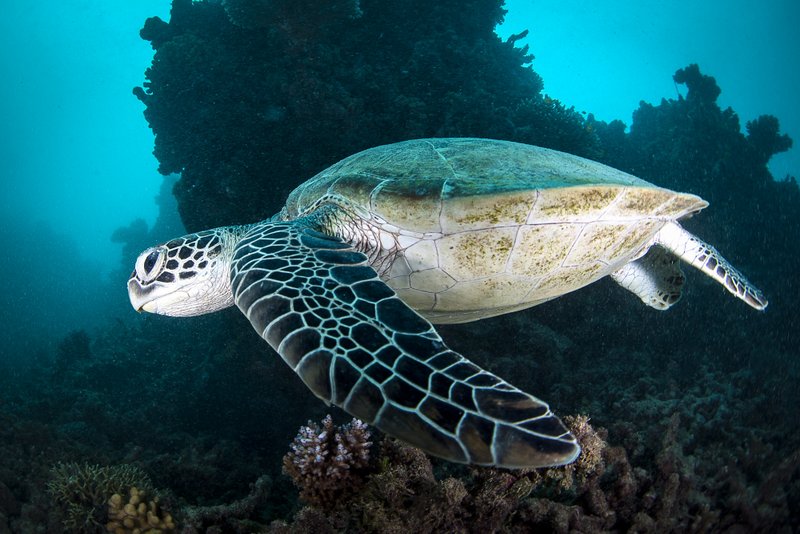
A turtle cruises around the reef. Tourism and Events Queensland/Scuba Diver Life
Eyes on the reef
Wendy Morris has been on the reef since 1974.
“When I first used to go out, we would never see anyone out there,” she says.
“It was incredibly expensive. It was adventurous. Half of it wasn’t charted. So, we would rarely see anyone. There were very few eyes on the reef. The only people we saw were Taiwanese clam poachers basically. Now we have so many more eyes on the reef, which is a marvellous thing.
“I also sit on the board of the Great Barrier Reef Marine Park Authority, and the board of Marine Park Authority has said very, very clearly that we have the best managed, the most researched, and the best-monitored coral reef in the world. We also have the safest and most well-regulated tourism industry. They are recognized as very important stewards of their sites and contribute to the knowledge and understanding of the reef so that the Marine Park Authority and others can make smart management decisions.
“So, if you have a microscope on the reef, I won’t say every time a fish farts we talk about it, but basically there’s probably somebody there to have a look at it.”
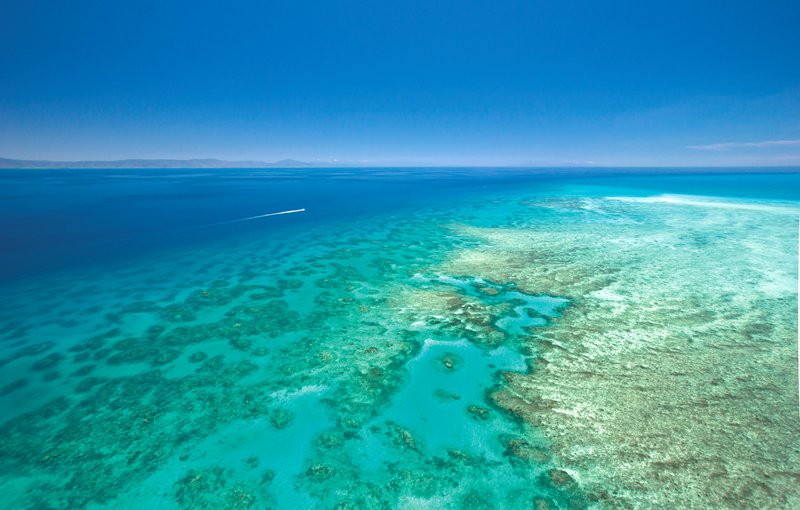
Upulo Cay, Tropical North Queensland. Photo. Tourism & Events Queensland
Coral spawning in November
In November the annual coral spawning event takes place. It is proof that there is much life and the reports that Great Barrier Reef is dying are exaggerated. This year there is much collaboration between the tourism industry and science.
“The spawning event is amazing,” says Dr Glen Burns.
“If you ever get a chance to go out and see it, you’ve got to go. When you’re out there in the middle of the spawning event, coral polyps just release a little thing pink bundle of either sperm or eggs, and you’re in this massive slick of coral spawn. It’s a bit smelly, but it’s really worth seeing.
“All those larvae that hatch drift away in the ocean currents to settle somewhere. If they try and settle on a living coral; they’re going to get eaten. They actually need an area of dead coral, an area or coral rubble to settle down on. Once they do find a spot like that, they cement themselves in place. Then they go into asexual division, one into two, two into four. Each one of those new polyps is extracting calcium carbonate from the seawater. And this is how we’re getting new coral colonies forming each year.
“This is what we’re keeping track of at the moment. And it’s so important that we get a healthy spawn.
Glen says the corals have spawned twice since the bleaching events and the spawnings have been very heavily monitored.
“We obviously wanted to see how the reef was spawning after the loss of corals. It’s been spawning quite well about five nights after the full moon once the water temperature hits 26 degrees and Barry White is playing in the background.”
“We will be out there to monitor the spawning. There’s a lot of work going on, of course. Can we help with larval sediment? Can we collect these new larvae? Can we place them in certain areas to try and promote the regrowth in certain areas?
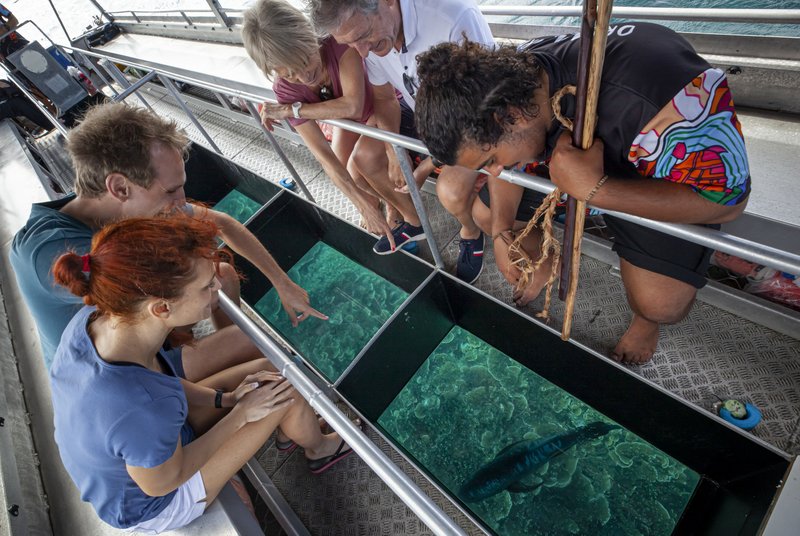
Dreamtime dive and snorkel Credit: Archie Sartracom/Tourism Australia
Should people go to the reef?
With reports of coral bleaching and dead reefs should tourists be visiting the reef? Is visitation one of the threats and a reason why the Great Barrier Reef is dying?
“To me, the most important thing is that from a straight financial perspective, when you go to the reef as a visitor, you are contributing financially to the management of the Great Barrier Reef in the order of 10 to $15 million a year.
“Every single person pays an environmental management charge. You are actually helping when you come to the reef to contribute to the management,” says Wendy Morris.
“The reef is so huge, diverse, and complex, it’s very difficult, for example, for the Australian Institute of Marine Science who have the gold standard of reef monitoring to get out there to really understand what’s going on.
“There are 2,900 reefs, and they only go to 47 reefs, about 110 sites every one to two years because it’s expensive. We have hundreds of sites that reef tourism operators, particularly through Master Reef Guide Program, have been trained to monitor and fill in the data points so that the Marine Park Authority and others can understand early warning signs. There are weekly status updates, so we can see the impacts of things that are happening.
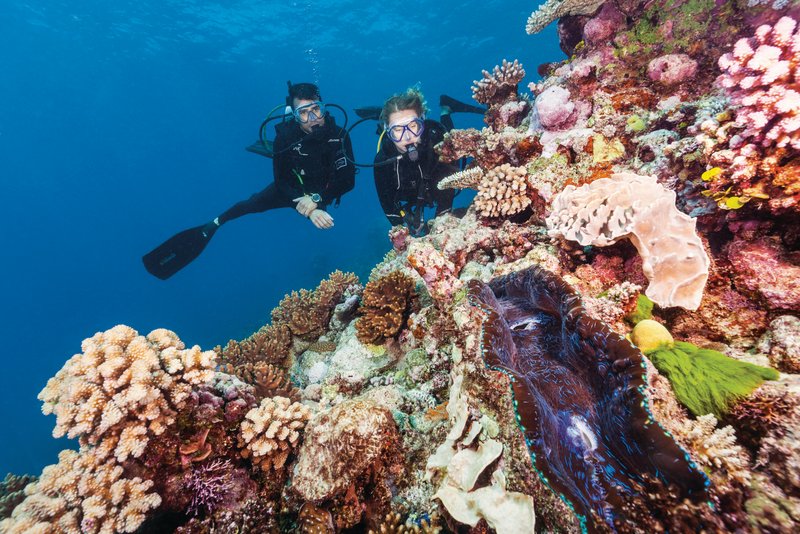
Scuba diving at Agincourt Reef, Tropical North Queensland. Credit: Tourism & Events
See it for yourself
Go and see if the Great Barrier Reef is dying for yourself.
“You’re hearing a nuanced story of what is happening with the reef health, but you need to understand the story of the reef yourself. It’s a personal experience.
“I went underwater for the first time in 1969, and the reef changed my life. It’s completely changed everything that I have done, and through a master reef guide that first-time reef experience will take you someplace different. You will leave as a different person when you’ve seen the reef. And when you leave this place, you will help to change the world. It’s transformative travel.
“Our biggest threat is apathy. We need people to come to the reef and experience it so that you can go away and together we can change the world. I know afterwards, we’re going to have citizens of the Great Barrier Reef talking more about that.
“We’re all on a mission together. Please come and help us.”
Explore the region
- Relax in barefoot luxury at Elysian Retreat, Whitsundays.
- Watch coral spawning on the Great Barrier Reef
- Travel the Great Barrier Reef Drive from Cairns to the Daintree
- Day flight to the outer Great Barrier Reef
Where to stay
The ASTW Conference was held at Riley, a brand new hotel in Cairns by the Crystalbrook Collection. Locatedon the northern end of the Cairns waterfront boardwalk, the hotel has 311 stylish rooms. Many have spacious baloncies overloking the hotel’s lagoon-style pool with a white sand beach. I enjoyed both the room and food here which is fresh and locally inspired.
Disclaimer: Decoding the Reef: A Conversation with the Scientists, the Guide and the Advocate was a session at the Australian Society of Travel Writers 2019 Convention held in Cairns, Queensland, Australia on October 20, 2019.
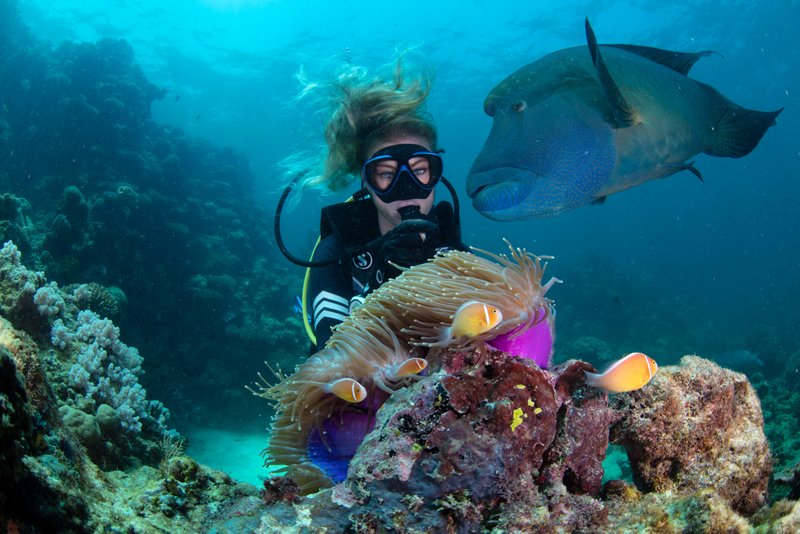
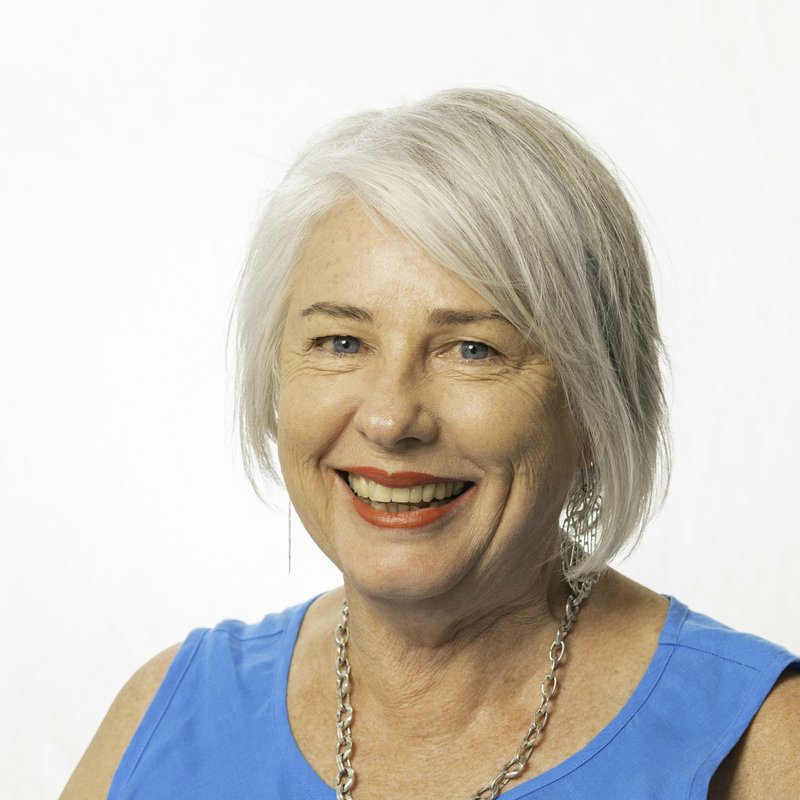
Thank you Seana. I was fascinated by the expert’s responses and felt it just had to be shared.
Wonderful Kerry, you have got all the info there and I will joyrfully share this article far and wide. Many thanks.